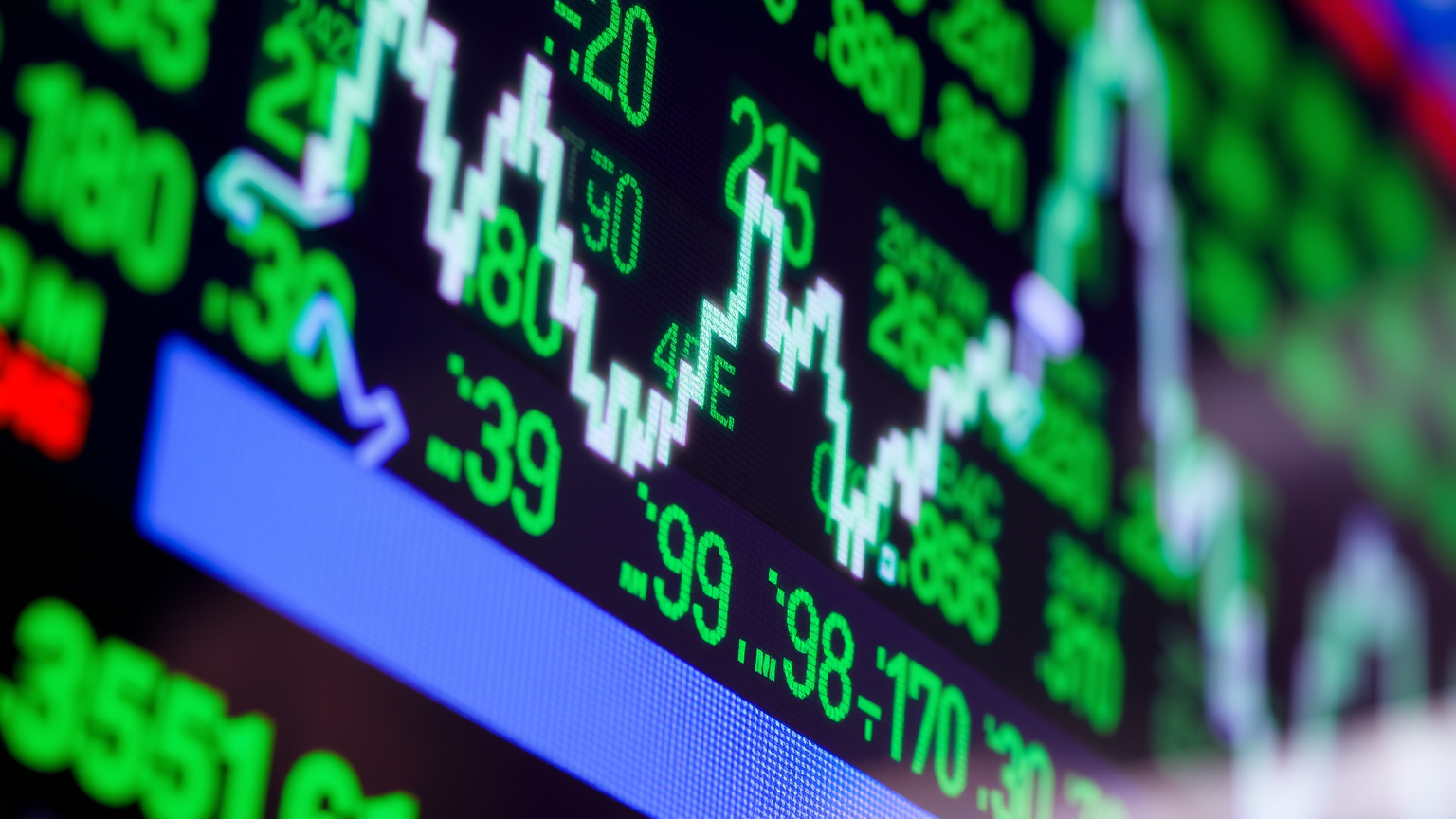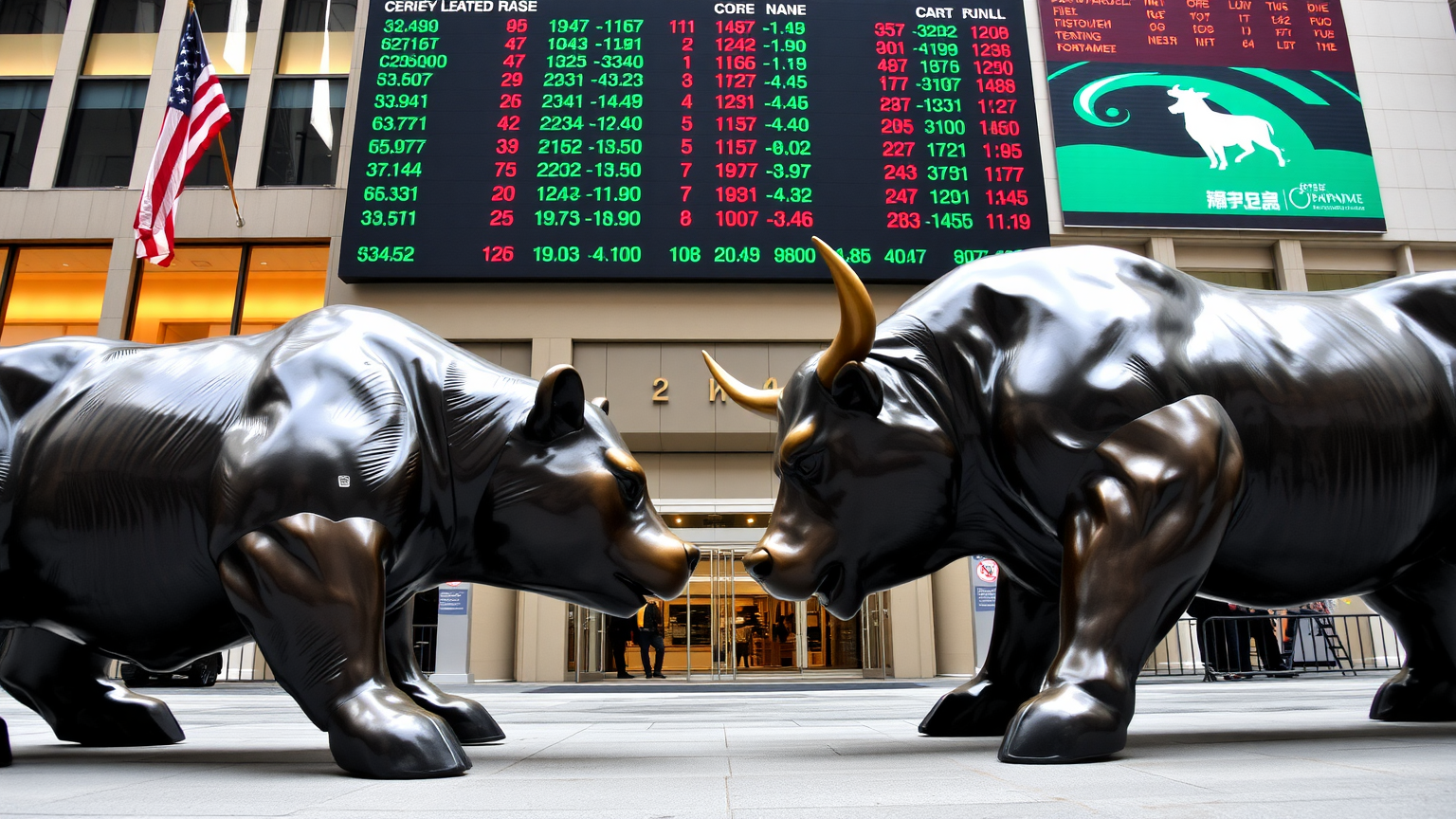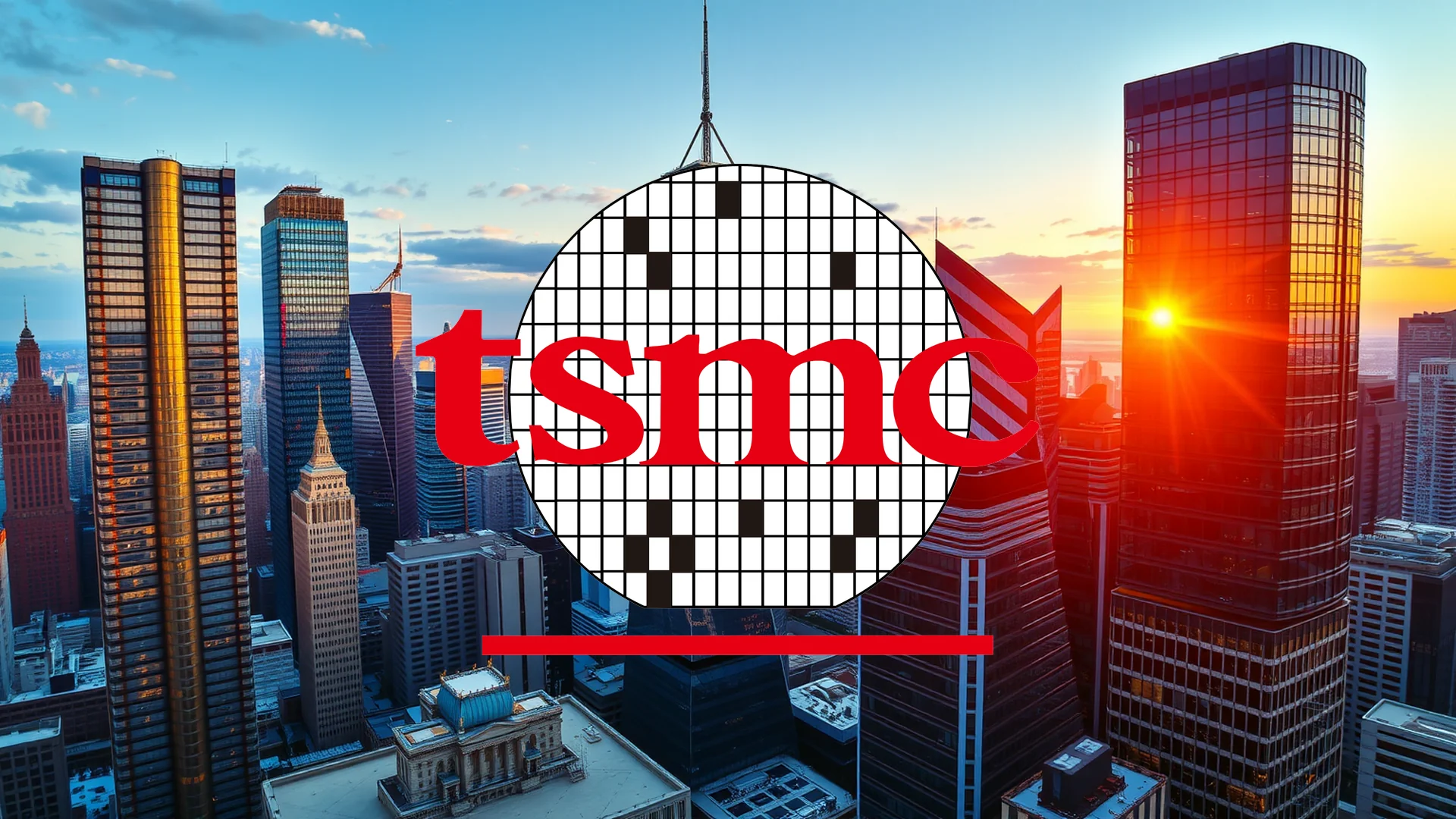The price of gold has surged to a new historic peak, with the precious metal reaching an all-time high of $3,759.02 per troy ounce. This powerful rally shows no signs of abating, fueled by clear signals of interest rate cuts from the U.S. Federal Reserve and a concurrent weakening of the U.S. dollar.
Central Bank Policy Ignites Rally
A key driver behind the surge is last week’s decision by the Federal Reserve to lower its key interest rates by 25 basis points, the first such cut this year. This shift in monetary policy has made non-yielding gold instantly more attractive to investors. Spot gold was last quoted at $3,743.39 after breaching the historic $3,759.02 level. Meanwhile, U.S. gold futures for December delivery gained 0.1%, reaching $3,779.50.
Market expectations for further easing are substantial, suggesting this rally may just be the beginning. Current market pricing indicates:
* A 90% probability of an additional rate cut in October.
* A 75% chance of further monetary loosening in December.
Focus Turns to Fed Chairman and Underlying Tensions
All eyes are now on Fed Chairman Jerome Powell, who is scheduled to speak today at 16:35 GMT. Investors are anticipating clearer signals regarding the future path of interest rates. The U.S. dollar index has already edged down by 0.1%, making dollar-priced gold less expensive for international buyers.
However, behind the scenes, a debate is raging within the Fed. Governor Stephen Miran has cautioned that overly restrictive policy could risk damaging the labor market. In contrast, three of his colleagues have pushed back, pointing to persistent inflationary pressures. This internal disagreement is contributing to market volatility.
Should investors sell immediately? Or is it worth buying Gold?
Structural Shifts Underpin Long-Term Demand
A fundamental change in central bank behavior is providing a solid foundation for gold’s strength. Since 2022, central banks have been purchasing over 1,000 tonnes of gold annually—double the average rate seen between 2016 and 2021. This trend is largely driven by developing nations diversifying their reserves away from the U.S. dollar, a movement accelerated by Western sanctions imposed on Russia.
The impact of this demand is clear. Gold has already posted a gain of over 40% for the year 2025. Physically backed gold exchange-traded funds (ETFs) recorded inflows of 397 tonnes during the first half of the year. Analysts at ANZ confirm this outlook, stating, “Slowing economic growth, higher inflation, and the changing geopolitical landscape are keeping gold’s investment demand strong.”
Analyzing the Rally’s Sustainability
While the technical upward trend remains intact, OANDA analyst Kelvin Wong warns of a potential short-term correction, identifying key support levels at $3,710 and $3,690. In a sign of continued confidence, Deutsche Bank has raised its average price forecast for 2026 to $4,000 per ounce. The rally appears poised to continue, propelled by monetary easing and ongoing geopolitical uncertainty.
In the wider precious metals complex, silver is trading near a 14-year high of $43.67, while platinum and palladium are showing slight weakness. Nevertheless, the primary focus remains fixed on gold, with the market now questioning not if it will break another barrier, but how high the next record will be.
Ad
Gold Stock: Buy or Sell?! New Gold Analysis from December 25 delivers the answer:
The latest Gold figures speak for themselves: Urgent action needed for Gold investors. Is it worth buying or should you sell? Find out what to do now in the current free analysis from December 25.
Gold: Buy or sell? Read more here...












